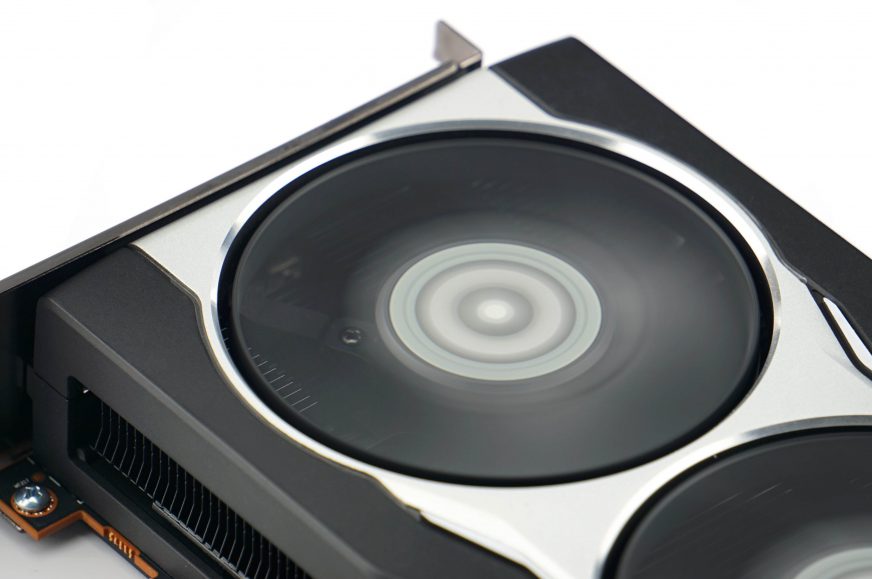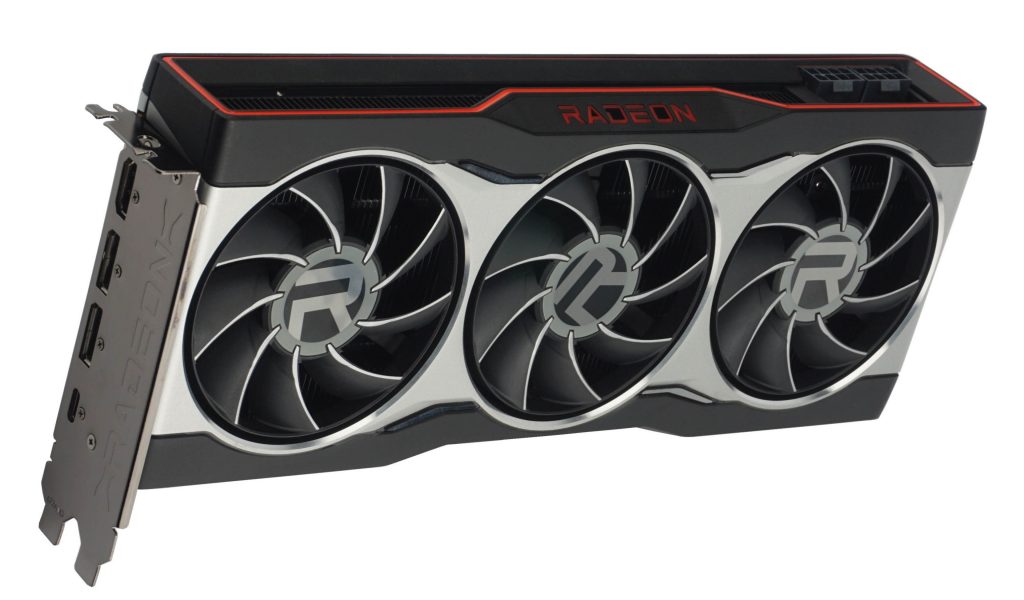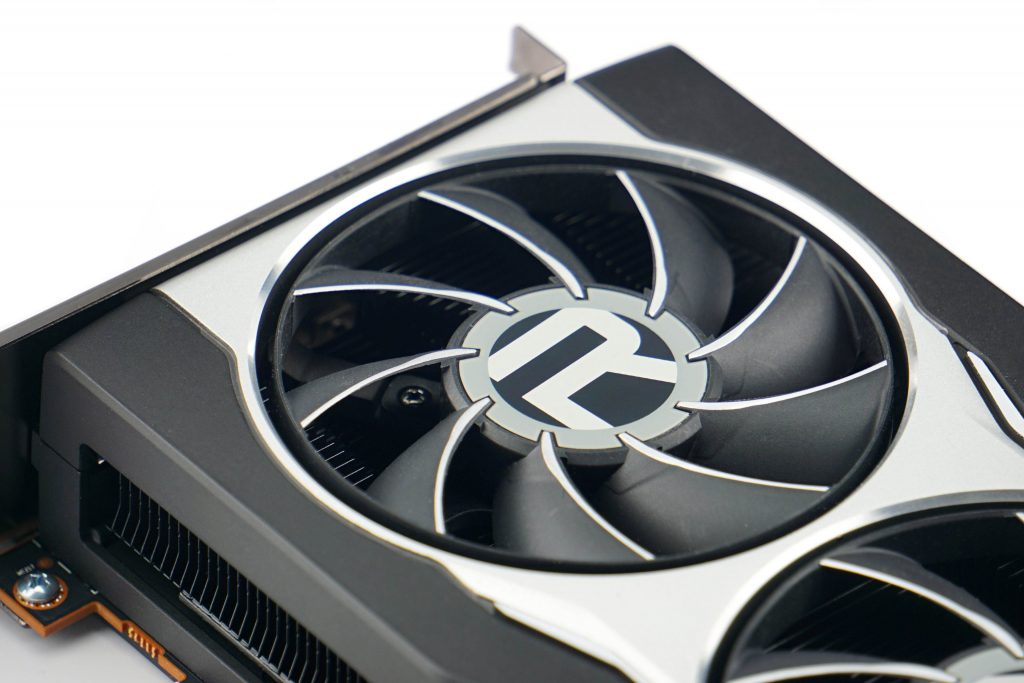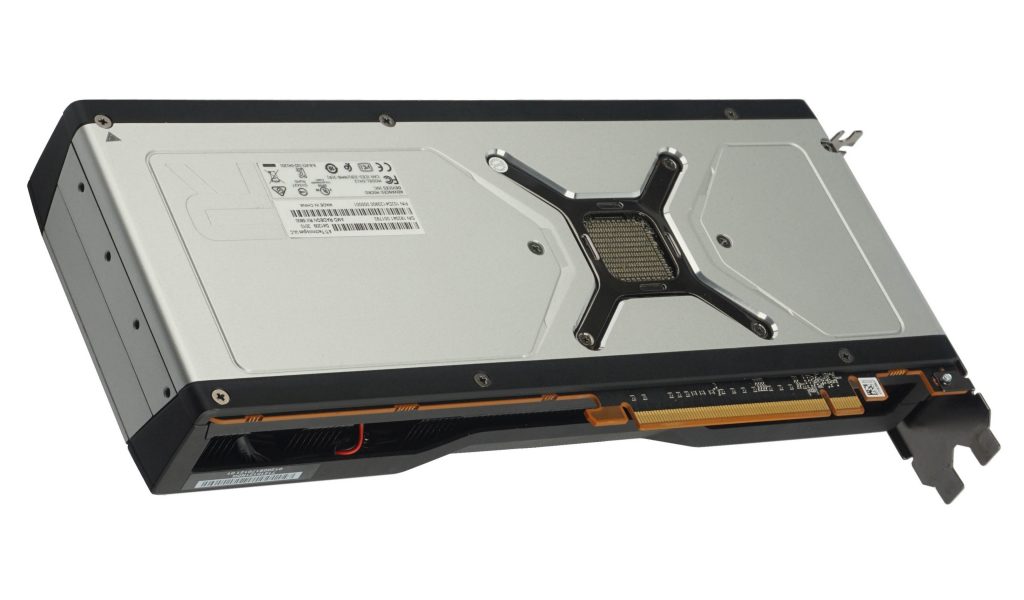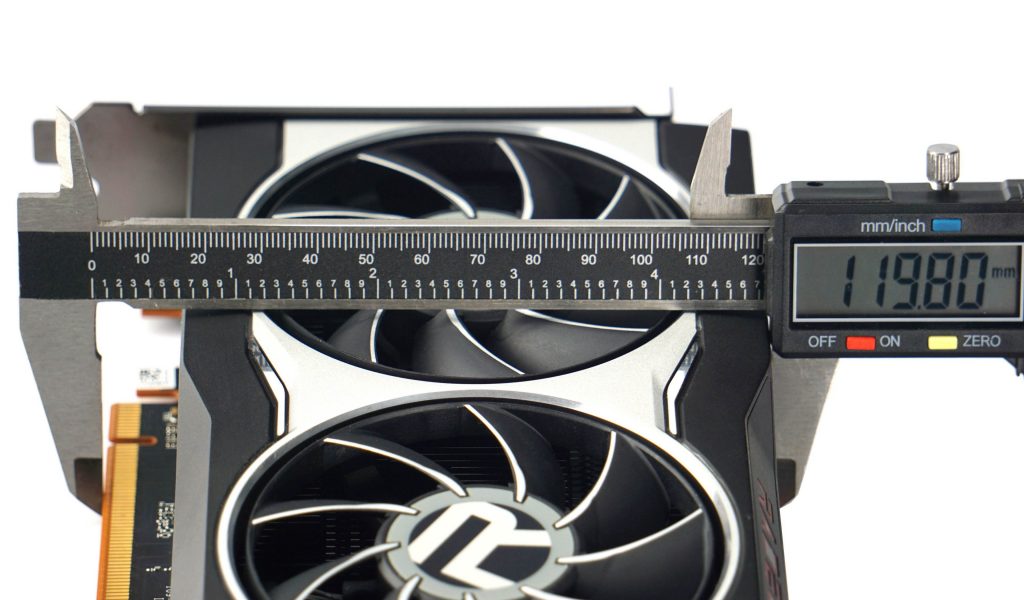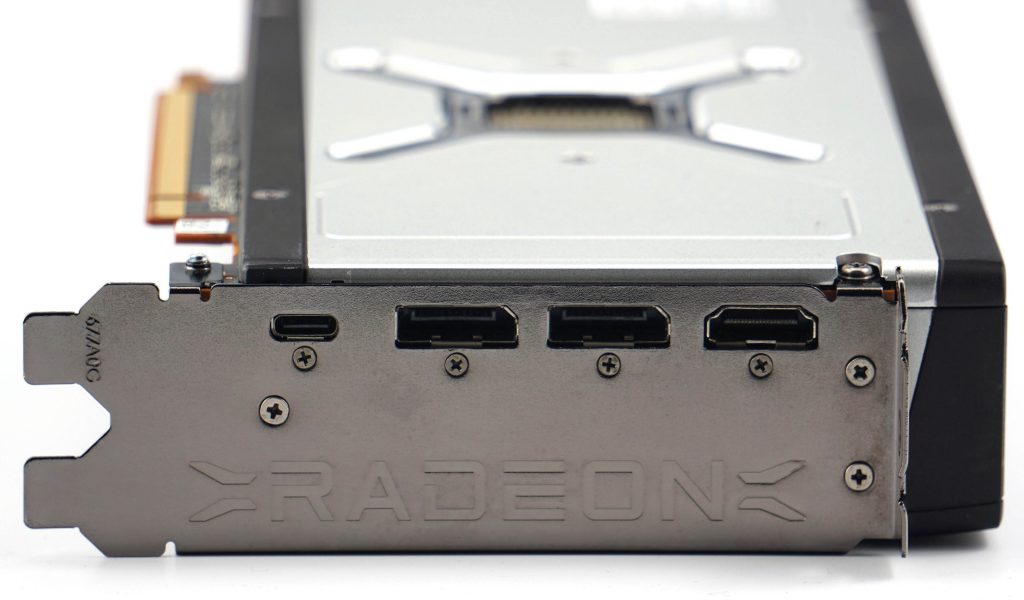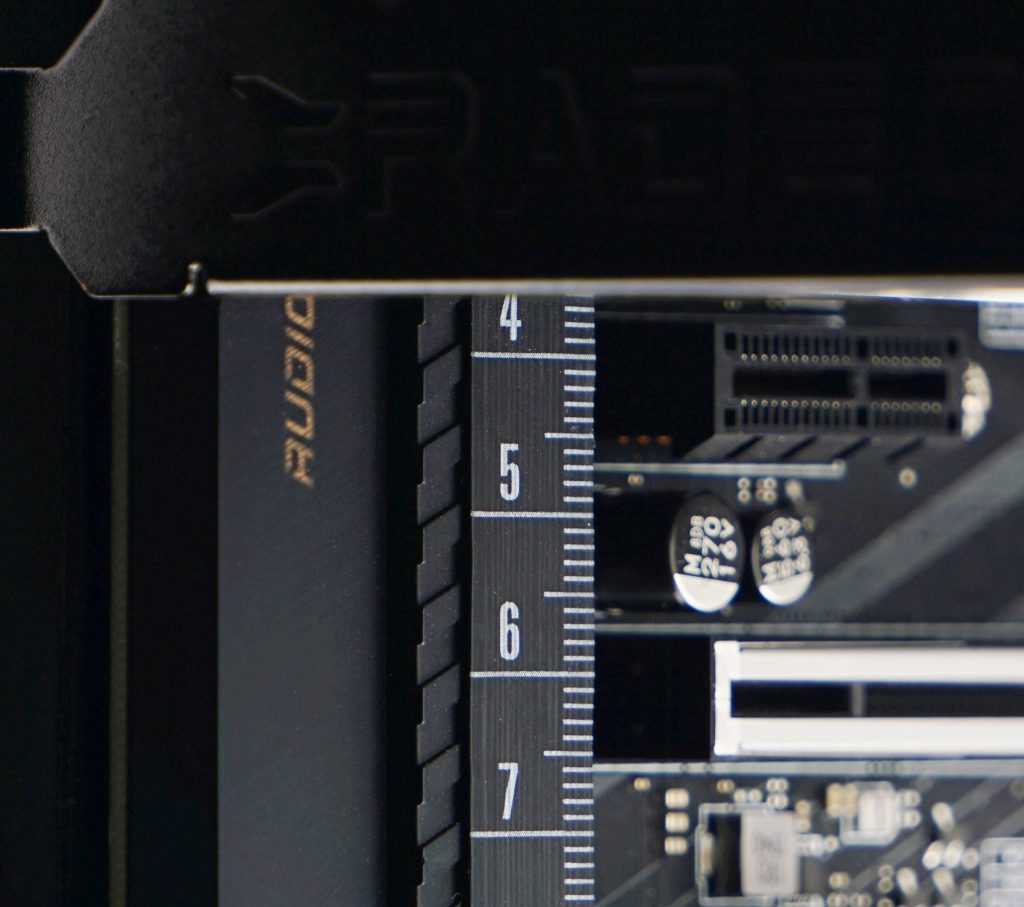AMD Radeon RX 6800 in detail
The Radeon RX 6800 is the cheapest graphics card equipped with a Navi 21 graphics chip. That is naturally slower in this card than in the RX 6800 XT and RX 6900 XT, but the RX 6800 clearly offers the most attractive price/performance ratio of the three. And the power draw is also not bad, the efficiency is remarkably very decent here, despite the large, partially deactivated core. However, some flaws can be found on the AMD reference card.
After the duel between the RX 6800 XT and RTX 3080, we will focus on a number of cheaper cards in the following graphics card tests. Now it’s going to be the RX 6800, next time the RTX 3070.
Compared to the RX 6800 XT, the RX 6800 has “only” 60 CUs, which is 12 less. From the point of view of shaders, it is minus 768. Compared to the model with the final designation XT, the card is also short for 48 texture mapping units and 32 render output units. However, the GPU still uses the 256-bit bus and fast 16 Gb of GDDR6X memory. The stated TDP (or more precisely TBP – Total Board Power) is 250 W. Those interested in other specs should not skip the second chapter, where a clear table goes into the most detailed specs. More important, of course, are our own findings and measurements, which we will guide you through in this 50-chapter article with hundreds of measurements.
AMD Radeon RX 6800 details
The design of the RX 6800 does not differ much from the RX 6800 XT from the previous test. In two axes (length and depth) this card has the same dimensions, the difference is only in height.
There are also three 80 mm fans with embedded blade ends into a round frame. That rotates together with the rest of the impeller. Such a connection is very popular in recent times and promises higher efficiency, i.e. higher cooling performance at lower noise. This is due to the suppression of the undesired turbulent flow, which should be more laminar, which should (also, for example, due to the higher static pressure) lead to a more efficient flow around the fins. These have larger spacings (1.45 mm) than measured on the heatsinks of most graphics cards.
However, the finned radiator is above the entire surface of the PCB and the absorption surface is thus large here. This is also evidenced by the higher total weight. An equal of 1.4 kg (3 lb) is enough for a two-slot card. To a certain extent, the massive metal cover on the front and back contributes to this. The cooler is basically open only along its length, from the sides. Otherwise, its construction is closed (including the back).
You most probably won’t struggle with the length of the graphics card in the case, with 267 mm it will fit almost everywhere. However, in rare cases, incompatibility may be caused by a slightly greater depth than is usual with reference designs. The side plate with video outputs outgrows the card’s body by 14 mm, which you should pay special attention to with smaller cases, which have a dual-chamber interior with a vertical partition. For example, such as the Riotoro CR1088 or similar Chieftec UK-02B-OP, in which the AMD Radeon RX 6800 would already collide with the side panel.
The connector selection includes two DisplayPorts 1.4a, which are complemented by one HDMI 2.1 and USB-C designed primarily for connecting a VR headset. And for the sake of completeness, it should be added that all four video outputs can be used simultaneously.
You might have noticed that the card has a dual-slot cooler design. This will be appreciated by some for better compatibility with cards in the computer. Although it is worth considering whether to “clog” the fans with the card in the slot immediately below the graphics card. It will definitely not improve the cooling, but if there is no other option… in any case, it will be interesting to see how the reduced cooler profile performs under load. Of course, you can find out from our detailed analyses of noise measurements and sound frequency response.
We have already tested the graphics card with the new Adrenalin 21.2.2 drivers, which, in addition to minor changes, also speed up mesh shaders, which are not yet used in games, but can be tested in the new 3DMark extension. But that’s just out of curiosity, important are practical tests in games, applications and multimedia. You can find such tests with the RX 6800 in the following chapters of the article.
- Contents
- AMD Radeon RX 6800 in detail
- Table of specifications
- Methodology: performance tests
- Methodology: how we measure power draw
- Methodology: noise and sound measurement
- Methodology: heat tests
- Test rig
- 3DMark
- Age of Empires II: DE
- Assassin’s Creed: Valhalla
- Battlefield V
- Battlefield V with DXR
- Borderlands 3
- Control
- Control with DXR
- Counter Strike: GO
- Cyberpunk 2077
- Cyberpunk 2077 with FidelityFX CAS
- DOOM Eternal
- F1 2020
- FIFA 21
- Forza Horizon 4
- Mafia: DE
- Metro Exodus
- Metro Exodus with DXR
- Microsoft Flight Simulator
- Red Dead Redemption 2 (Vulkan)
- Red Dead Redemption 2 (Dx12)
- Shadow of the Tomb Raider
- Shadow of the Tomb Raider with DXR
- Total War Saga: Troy
- Wasteland 3
- Overall game performance and performance per euro
- CompuBench (OpenCL)
- SPECviewperf 2020 and SPECworkstation 3
- FLOPS, IOPS and memory speed tests
- 3D rendering 1/2 (LuxMark and Blender@Cycles)
- 3D rendering 2/2 (Blender@Radeon ProRender and Eevee)
- Photo editing (Adobe Photoshop, Lightroom and Affinity Photo)
- Broadcasting (OBS and Xsplit)
- Password cracking
- GPU clock speed
- GPU heating
- Net graphics power draw and performance per watt
- Analysis of 12 V subcircuit power supply (higher load)
- Analysis of 12 V subcircuit power supply (lower load)
- Analysis of 3.3 V subcircuit power supply
- Noise level
- Frequency response of sound
- Conclusion





